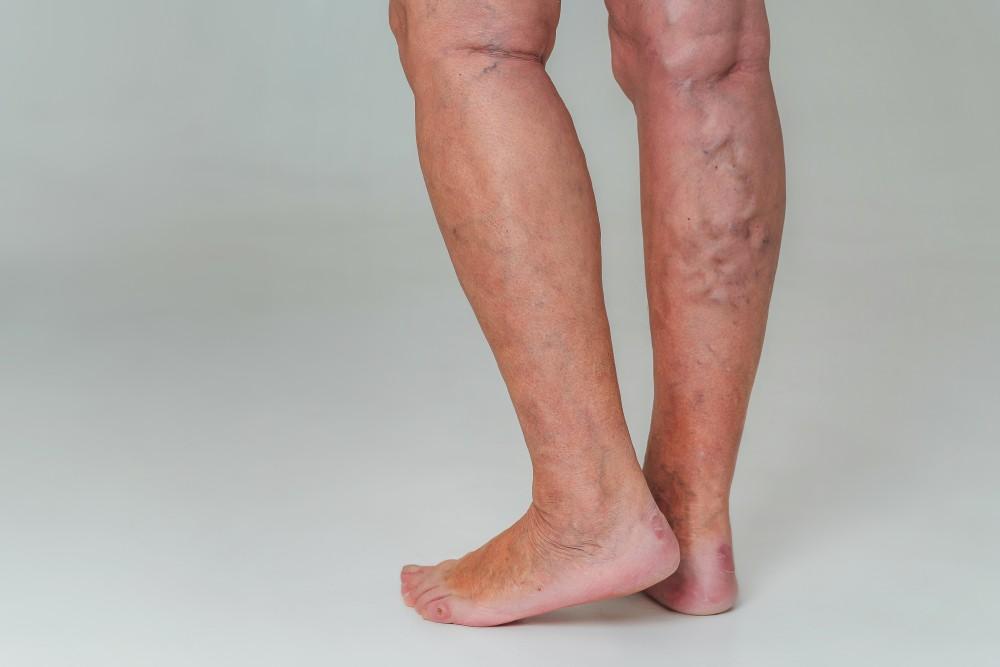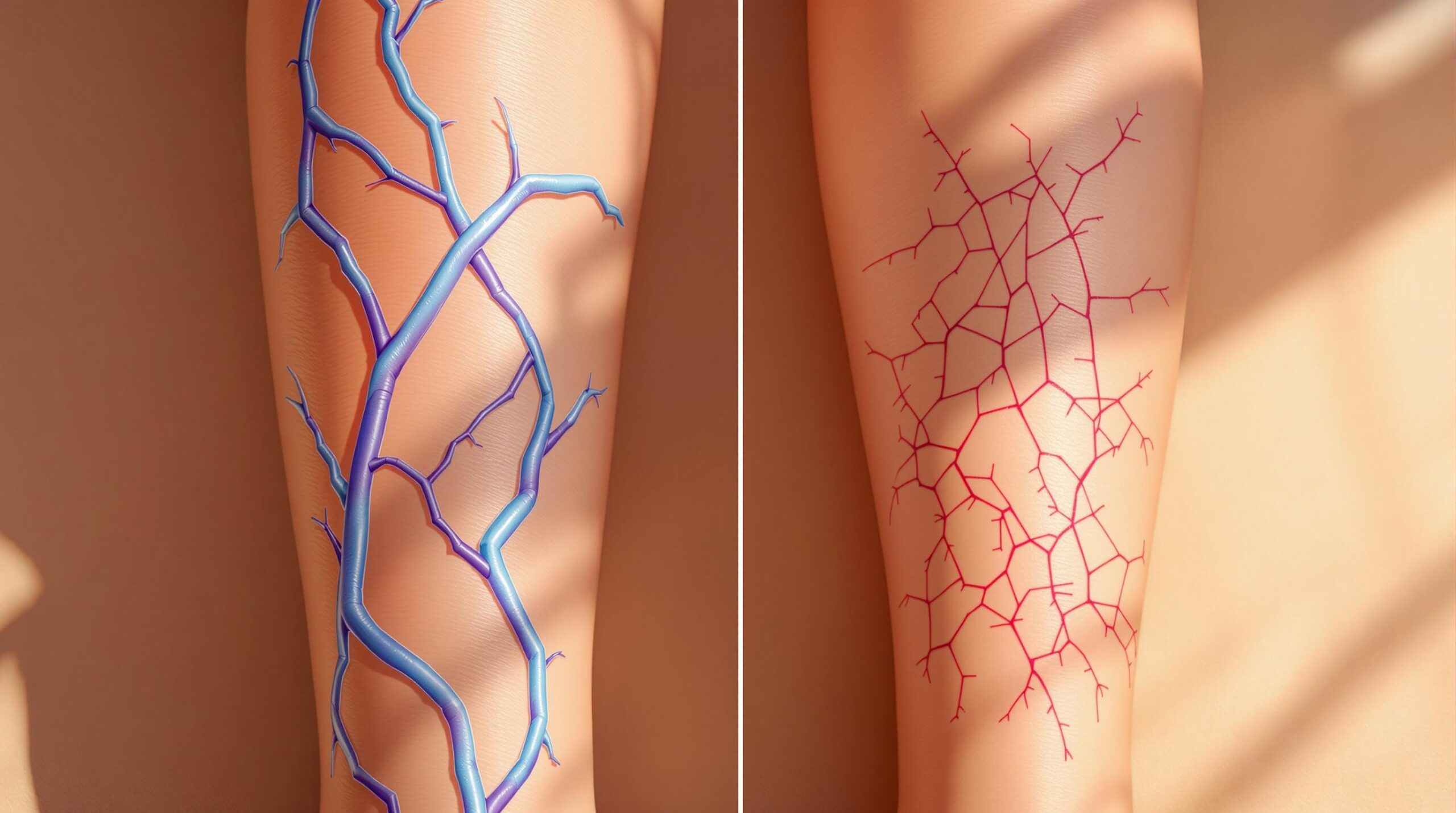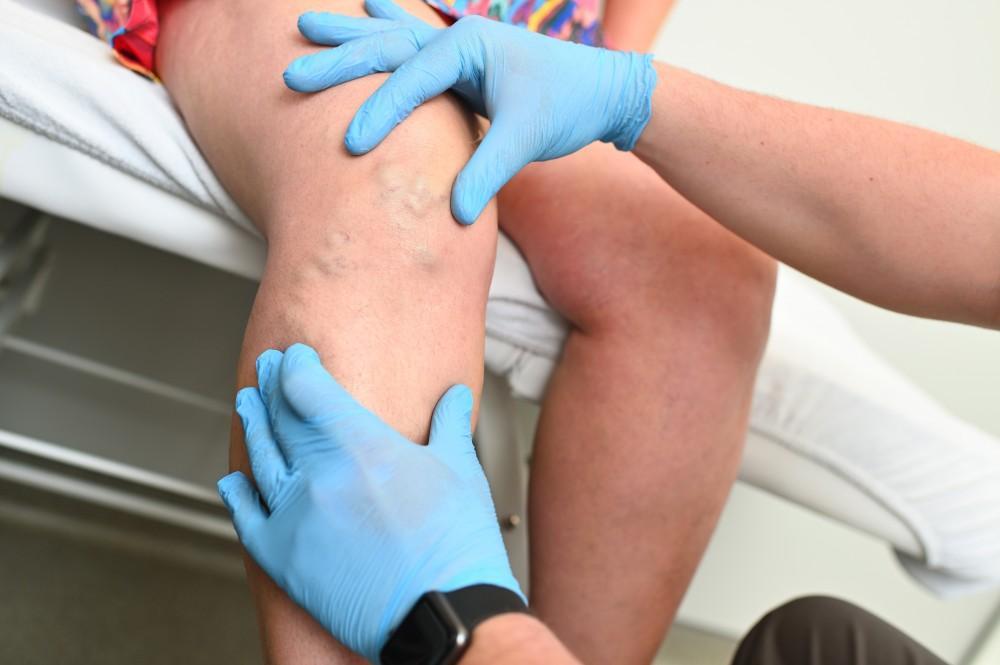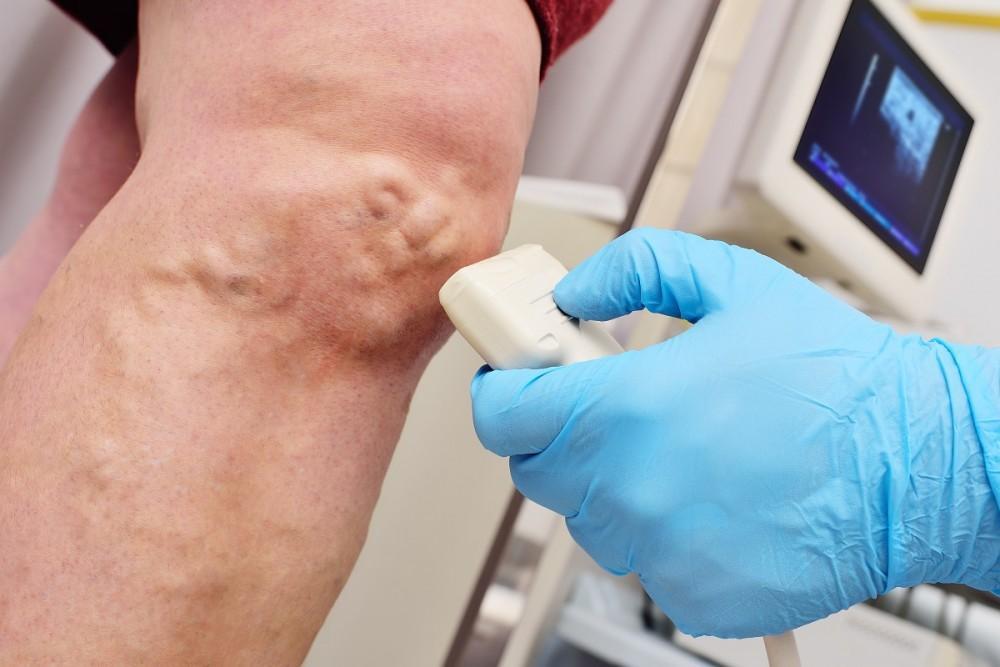According to the CDC, more than a third of American adults have leg pain, perhaps partly because so many factors can cause or contribute to it. In fact, many people who have leg pain tend to assume it’s because of overexertion or just “getting older.” But chronic or recurrent leg pain can be a sign of a vein problem that can lead to serious complications. If you have leg pain, here’s how your veins could be playing a role.
Your veins and leg pain
Like every other part of your body, your legs depend on a steady supply of oxygen-rich blood to function normally. Without adequate blood supply, the muscles that “power” your legs struggle more, leaving your legs feeling tired and sore.
Several conditions can cause circulation problems in your legs — and other areas of your body, too. Three of the biggest culprits are varicose veins, deep vein thrombosis, and chronic venous insufficiency. Interestingly, in some ways, all three are interconnected.
Varicose veins
Your veins contain tiny valves that keep your blood flowing in one direction: back to your heart. Age, extra pounds, and lifestyle habits can cause those valves to malfunction, allowing blood to flow backward and creating veins that appear twisted, enlarged, and bulging. These are varicose veins, and they’re a fairly common cause of vein-related leg pain.
Chronic venous insufficiency (CVI)
Chronic venous insufficiency also happens when the valves inside your veins malfunction. Although varicose veins are typically found in the superficial layers of skin, CVI affects the deeper veins, too.
Deep vein thrombosis (DVT)
Deep vein thrombosis is similar to CVI in that it occurs in the deeper veins of your legs — hence the beginning of the name, “deep vein.” The last part of the name — thrombosis — means clot, and a DVT is just that: a clot that develops in a deep vein and partially or completely blocks the flow of blood. If the clot breaks away, it can be life-threatening.
All these problems can cause leg pain, cramps, or throbbing aches, along with other symptoms that can include leg heaviness or fatigue. Often, these symptoms feel worse with activity.
Treating vein problems
Since vein-related leg pain is related to poor blood flow in your leg veins, treatments focus on restoring normal circulation in the affected part of your leg. Dr. Shah and Dr. Mangalpally offer different treatment options depending on your vein condition and other factors.
Some treatments involve using techniques to close off the diseased vein so that blood can reroute to neighboring vessels, while others remove the vein entirely. Afterward, lifestyle changes and, sometimes, compression socks or stockings are recommended to help maintain vein health and decrease the risk of future problems.
If you have chronic or recurring leg pain, especially leg pain that gets worse with physical activity, a vein evaluation can help determine if your circulation is to blame. To learn more, call 972-295-7017, or book an appointment online with Prime Heart and Vascular team today.





